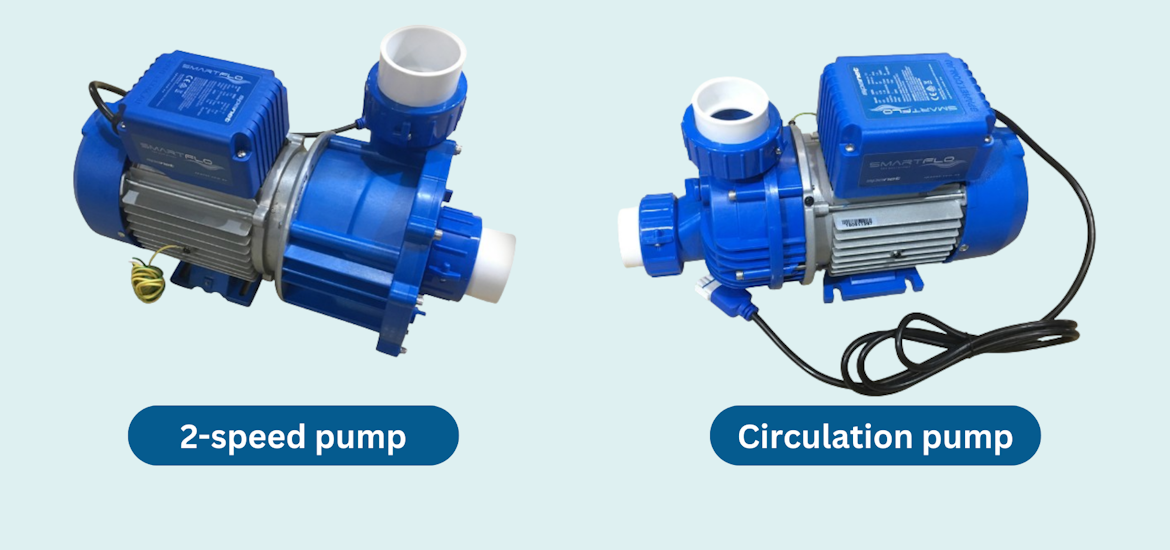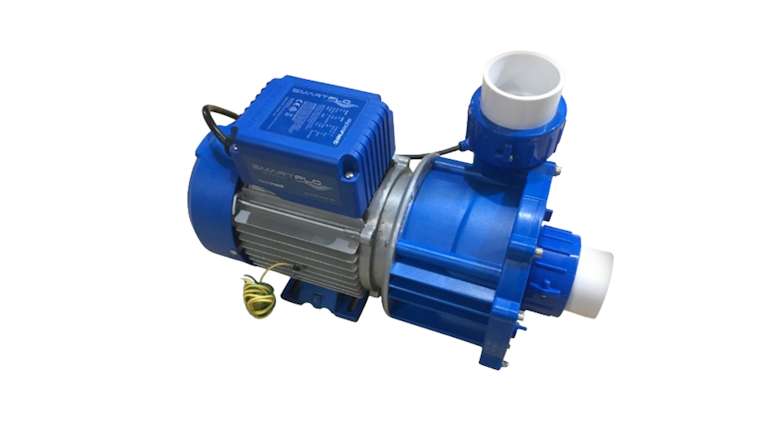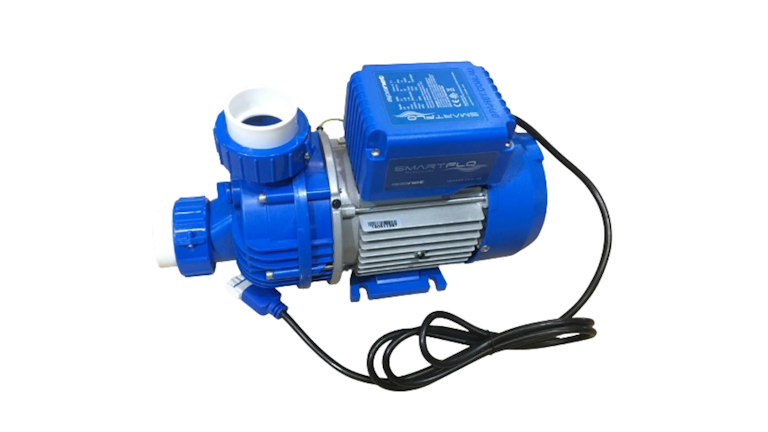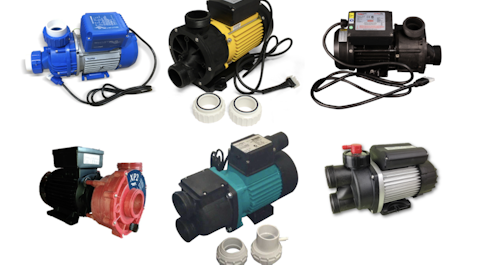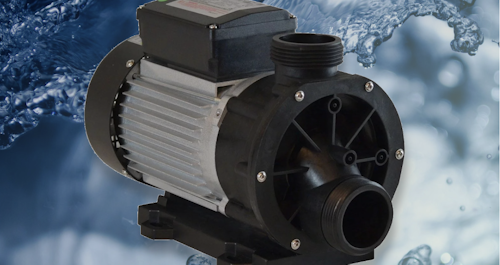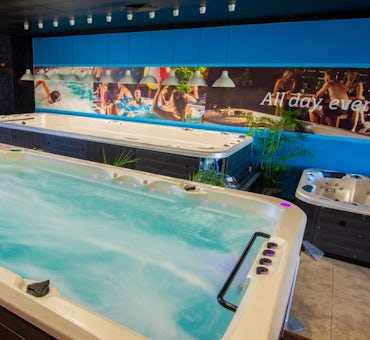Proper water circulation is crucial for maintaining clean spa pool water. Circulation pumps help evenly distribute sanitising chemicals, remove contaminants through filtration, and circulate water through the Ozone and UV systems and heaters.
If you're shopping for a spa, you might not be familiar with spa pumps. Not all retailers cover this topic, but at Spa World, we prioritise educating our customers about all essential spa components.
This is why we’ve written this comprehensive article covering everything you need to know about circulation and two-speed pumps.
This article answers the following questions:
